Transcription of What Is Differentiated Instruction and Why Differentiate?
1 Differentiated Instruction : An Introduction > Module 1 > Reading: What Is Differentiated Instruction and Why differentiate ? _____ What Is Differentiated Instruction and Why differentiate ? Most young children in their first year of school can look around their classrooms and easily point out who can already read well; who can draw neatly inside the lines; who struggles with counting; and who likes to find the most yucky, yet fascinating, bugs. Throughout their school education, students also remain aware of their own differences related to learning readiness, interests, and learning profiles. Educators have been intrigued and challenged by this diversity but have not always adequately responded to student varied needs.
2 Instead, we tend to rely on the teach-to-the-middle or one-size-fits-all approach, expecting all students to do the same activity, work at the same pace, do the same homework, and take the same test. Typically, the result is frustration on the part of many students those who find the work unchallenging and therefore boring, those who find the work too challenging, and those whose learning styles or strengths are not engaged. And there is frustration on the part of teachers because they are not reaching every student. So, in their search to create genuinely challenging and engaging learning experiences for their students, many teachers have discovered that they can better meet the diverse needs of their students by differentiating Instruction .
3 What Is Differentiated Instruction ? In the video Creating Multiple Paths for Learning (1997), Carol Ann Tomlinson, noted differentiation expert, says that differentiating Instruction means that the teacher anticipates the differences in students' readiness, interests, and learning profiles and, as a result, creates different learning paths so that students have the opportunity to learn as much as they can as deeply as they can, without undue anxiety because the assignments are too taxing or boredom because they are not challenging enough. Differentiated Instruction : An Introduction > Module 1 > Reading: What Is Differentiated Instruction and Why differentiate ?
4 Page | 2 _____ Differentiated Instruction is a way of thinking about teaching and learning. It is also a model that guides instructional planning in response to students needs. She cautions, however, that Differentiated Instruction is not individualized Instruction . Students may have two or three learning options some days, but never 21 or 35 different options. Differentiation can be accurately described as classroom practice with a balanced emphasis on individual students and course content, write Carol Ann Tomlinson and Marcia B. Imbeau in their book Leading and Managing a Differentiated Classroom (2010). The need for the balanced emphasis is evident through the diversity students bring to the classroom: Students differ as learners in terms of background experience, culture, language, gender, interests, readiness to learn, modes of learning, speed of learning, support systems for learning, self-awareness as a learner, confidence as a learner, independence as a learner, and a host of other ways (p.)
5 13). Most important, these differences will profoundly affect how students learn and the nature of scaffolding they will need at various points in the learning process. Essentially, the aim of differentiating Instruction is to maximize the growth of all students by meeting them where they are. To do so, Tomlinson and Imbeau (2010) suggest that teachers continually ask, What does this student need at this moment in order to be able to progress with this key content, and what do I need to do to make that happen? (p. 13). Key Characteristics of Differentiated Instruction Differentiation can look very different in various classrooms because teachers use numerous strategies and tools to differentiate Instruction .
6 Regardless of the specific combination of techniques, however, effectively Differentiated classrooms share Differentiated Instruction : An Introduction > Module 1 > Reading: What Is Differentiated Instruction and Why differentiate ? Page | 3 _____ several key characteristics. These characteristics are described in How to differentiate in Mixed-Ability Classrooms by Carol Ann Tomlinson (2001) and are summarized in the table below: Characteristic Example or Explanation Differentiated Instruction is proactive. The teacher proactively plans differentiation to address a variety of learning needs as opposed to adjusting a lesson plan when it becomes clear that it s not working for some students.
7 Differentiated Instruction is more qualitative than quantitative. DI involves adjusting the quality of an assignment to match student needs not varying the quantity of work. For example, a struggling reader may need additional support for reading and writing a book report. An advanced student who has mastered one math skill, instead of doing more assignments that are too easy for him, can practice another skill. Differentiated Instruction is rooted in assessment. Since addressing student individual needs is at the core of DI, teachers look for every opportunity to get to know their students better through conversations with students, classroom discussions, student work, observation, and formal assessment.
8 Then, teachers design and modify learning experiences based on assessment findings. Each student's progress is measured, at least in part, from where that student begins. Differentiated Instruction provides multiple approaches to content, process, product, and affect/learning environment. At the core of DI is the modification of four elements content (what students learn), process (how do students make sense of the information and ideas), product (how they show what they ve learned) and affect/learning environment (the climate or tone in the classroom). This modification is based on assessment of student differences in readiness, interest, and learning profile.
9 Differentiated Instruction is student centered. All students participate in respectful work work that is challenging, meaningful, interesting, and engaging. Tasks are based on students prior knowledge and are designed with the level of challenge appropriate for the student. The teacher primarily coordinates time, space, and activities, rather than provides information. Pacing varies based on students needs. The goal is to help students become self-reliant learners and to share the responsibility for their learning. Differentiated Instruction : An Introduction > Module 1 > Reading: What Is Differentiated Instruction and Why differentiate ?
10 Page | 4 _____ Characteristic Example or Explanation Differentiated Instruction is a blend of whole-class, group, and individual Instruction . The teacher uses a variety of instructional strategies to help target Instruction to students needs. Students work in a variety of group configurations, as well as independently. Flexible grouping is evident. Differentiated Instruction is organic. Teaching constantly evolves through collaboration between students and teachers, which includes setting class and individual goals. Teachers monitor how learning fits the student and make adjustments, where necessary. Addressing Common Misunderstandings About Differentiation Most teachers instinctively understand the need for differentiation.
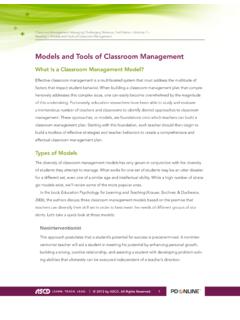
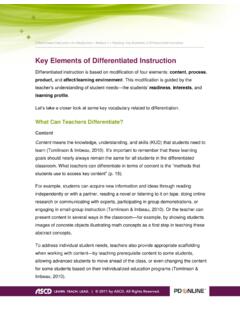
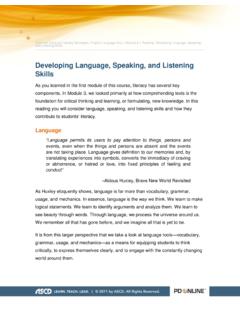
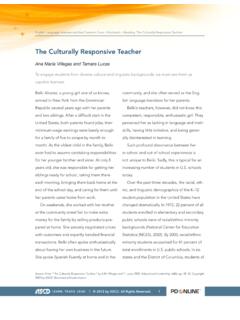
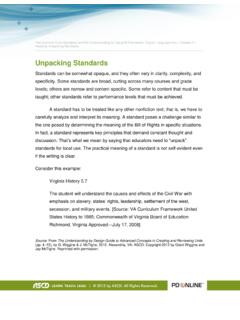
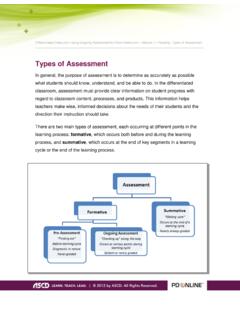
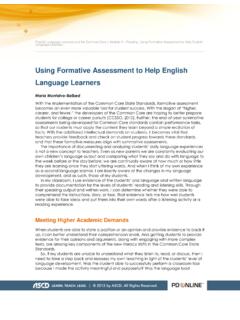
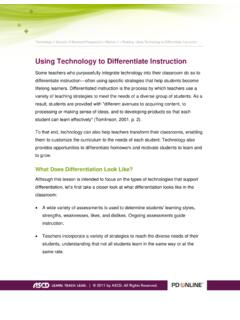
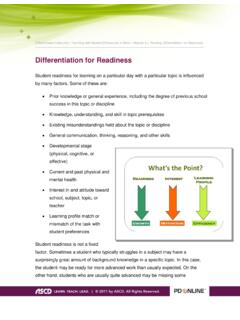
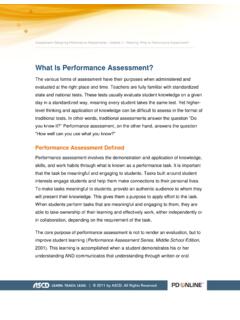

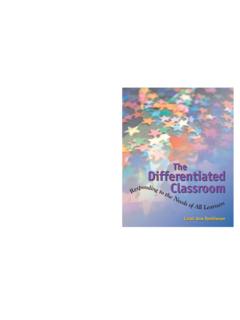


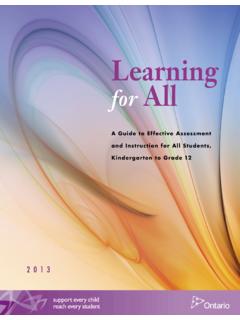
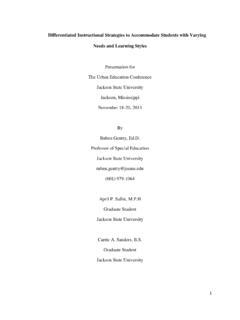
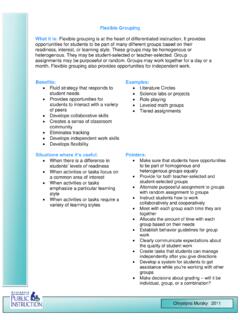
![The Ontario Curriculum, Grades 1-8, Language [revised] 2006](/cache/preview/d/5/3/5/d/c/7/4/thumb-d535dc7439a04910d8a17bf7f1d6b83f.jpg)